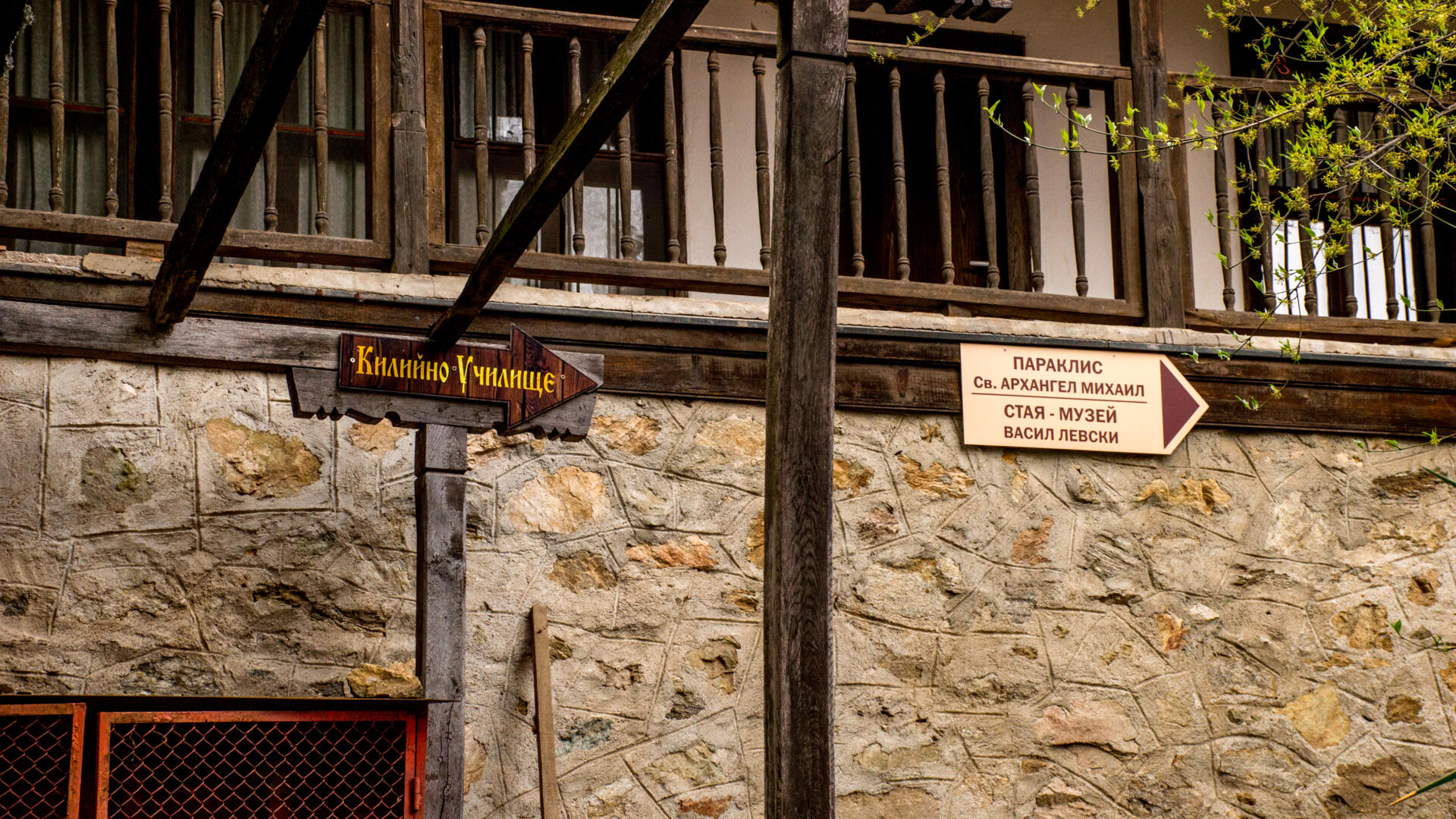Monastery "St. Nicholas the Wonderworker"
Churches and monasteries

Information
Price: 0 lv
Duration: 0
Phone: -
Email: -
Address: Maglizh, 2.5 km northwest
Validated: YES
Description
St. Nicholas the Wonderworker Monastery is located 2 km north of the town of Maglizh. It is situated on the right bank of the Maglizhka River, at the foot of the Trevna section of the Sredna Stara Planina. It was founded during the Second Bulgarian Country. The monastery has a long and turbulent history. In 1197, after the defeat of the Latins near present-day Maglizh, Tsar Kaloyan donated funds for the construction of a holy monastery. The first written records of the existence of the monastery date back to 1490. During the Ottoman rule, the Maglizh Monastery was destroyed and rebuilt several times. In 1623, Sultan Mehmed II sent his military commander Sklav to collect the monks from this region. Sklav took 8013 monks from Maglizh and then destroyed the monastery to the ground and killed the abbot and three monks. From 1684 to 1689 the local people rebuilt their holy monastery. During the Kardzhali raids, St. Nicholas was again looted and burned, but this did not stop the people from building it again and again. In 1834, the abbot Hieromonk Pamphilius began the construction of the present monastery temple. Many clergymen were exiled there, leaving their mark on the history of the monastery with their stay. One of the participants in the Velcho's veil, the abbot of the Plachkov monastery - hieromonk Sergius, was exiled in 1835. Another revolutionary monk, Pope Hariton, was the abbot of the Maglizh monastery from 1866 to 1870. The monastery also had a cell school. It is documented that for centuries the monastery was a centre of rich educational activity. During the Russo-Turkish War of Liberation, the monastery above Maglizh was once again destroyed and plundered by the retreating Turkish troops, but was rebuilt the very next year. Since 1922 St. Nicholas has been a virgin monastery and is currently inhabited by several nuns. Two small chapels have been built in the residential buildings - "St. St. Peter and Paul" and "St. Michael the Archangel".



